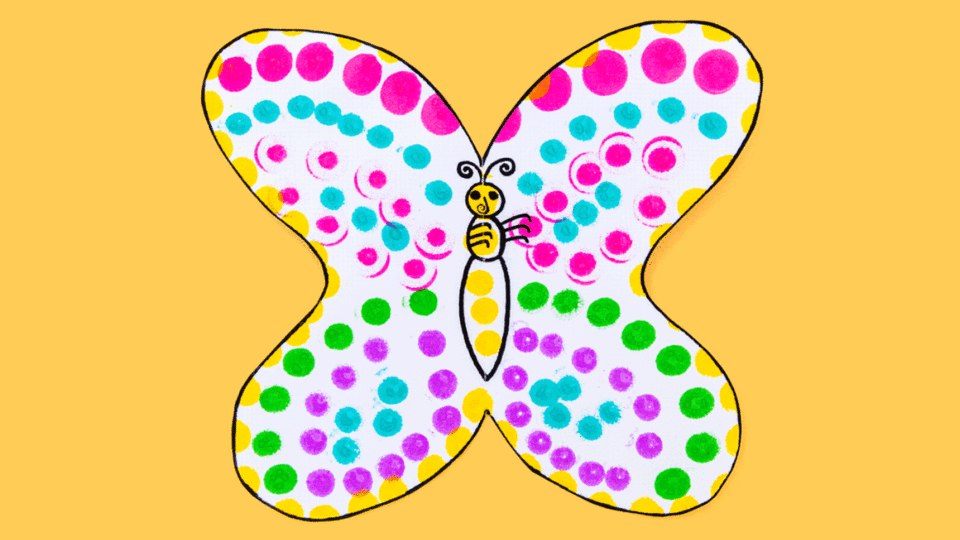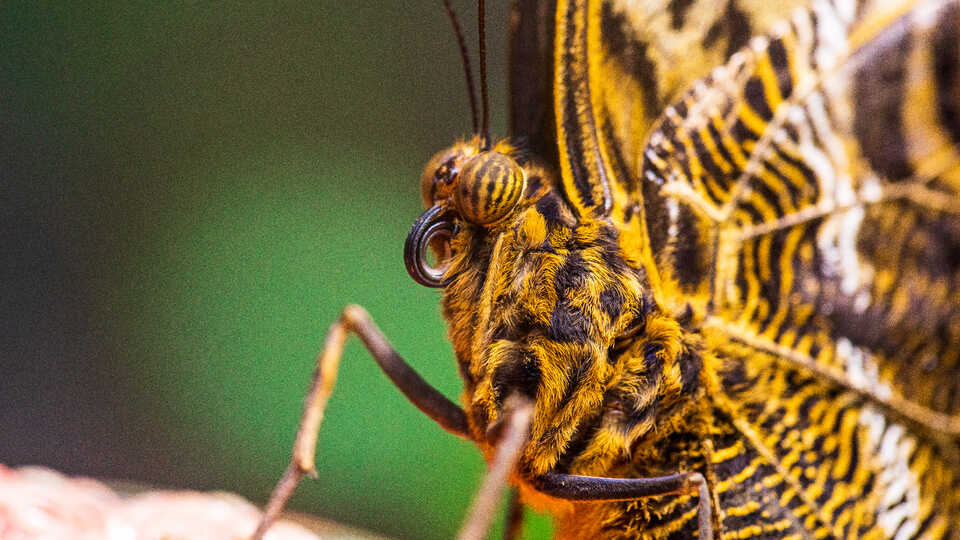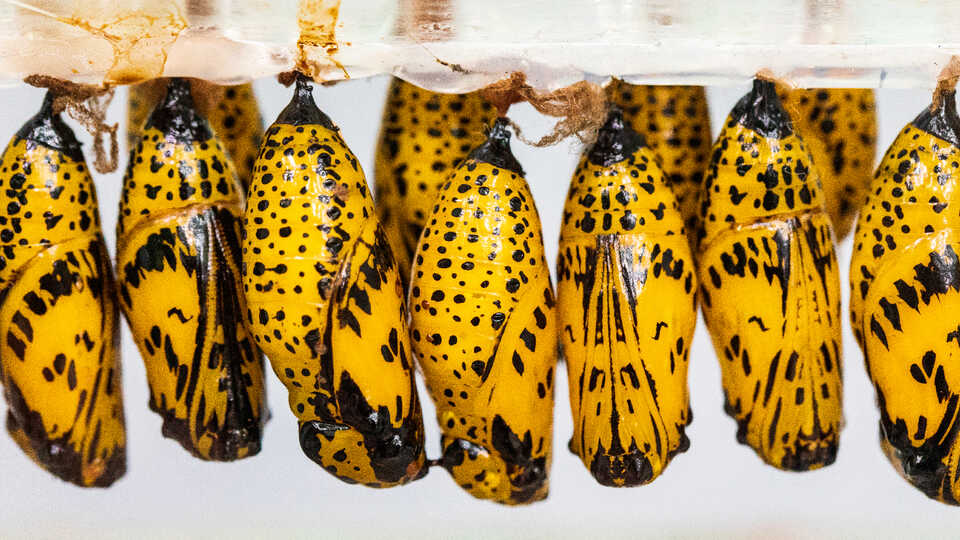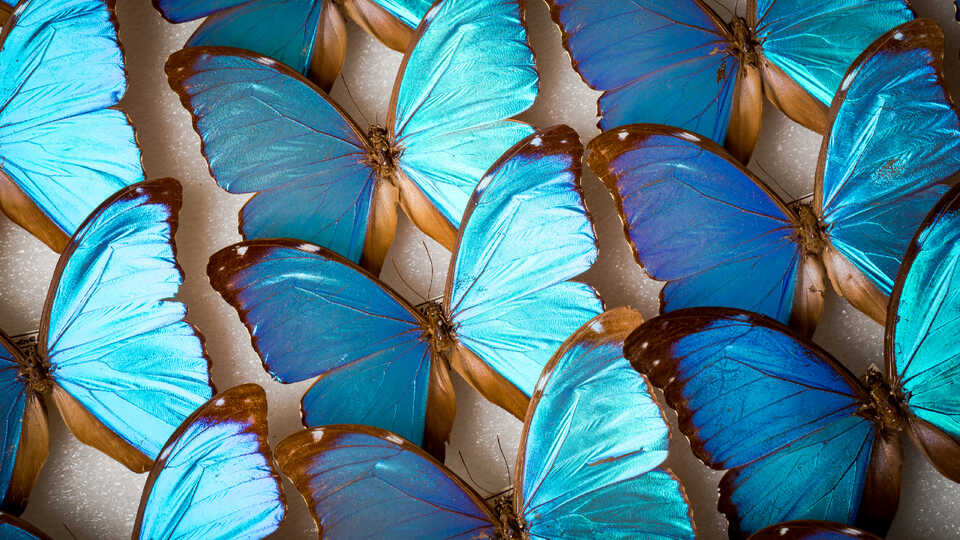Fragile yet fearless, pint-sized yet widespread, butterflies are marvels of nature, transforming from lowly caterpillars into majestic beauties through the mysterious process of metamorphosis. Take flight with these winged wonders through a variety of videos, crafts, and interactive programs.
Please note: While Science @ Home activities are designed to be conducted by kids, some little ones might need adult help with reading instructions and preparing crafts.




